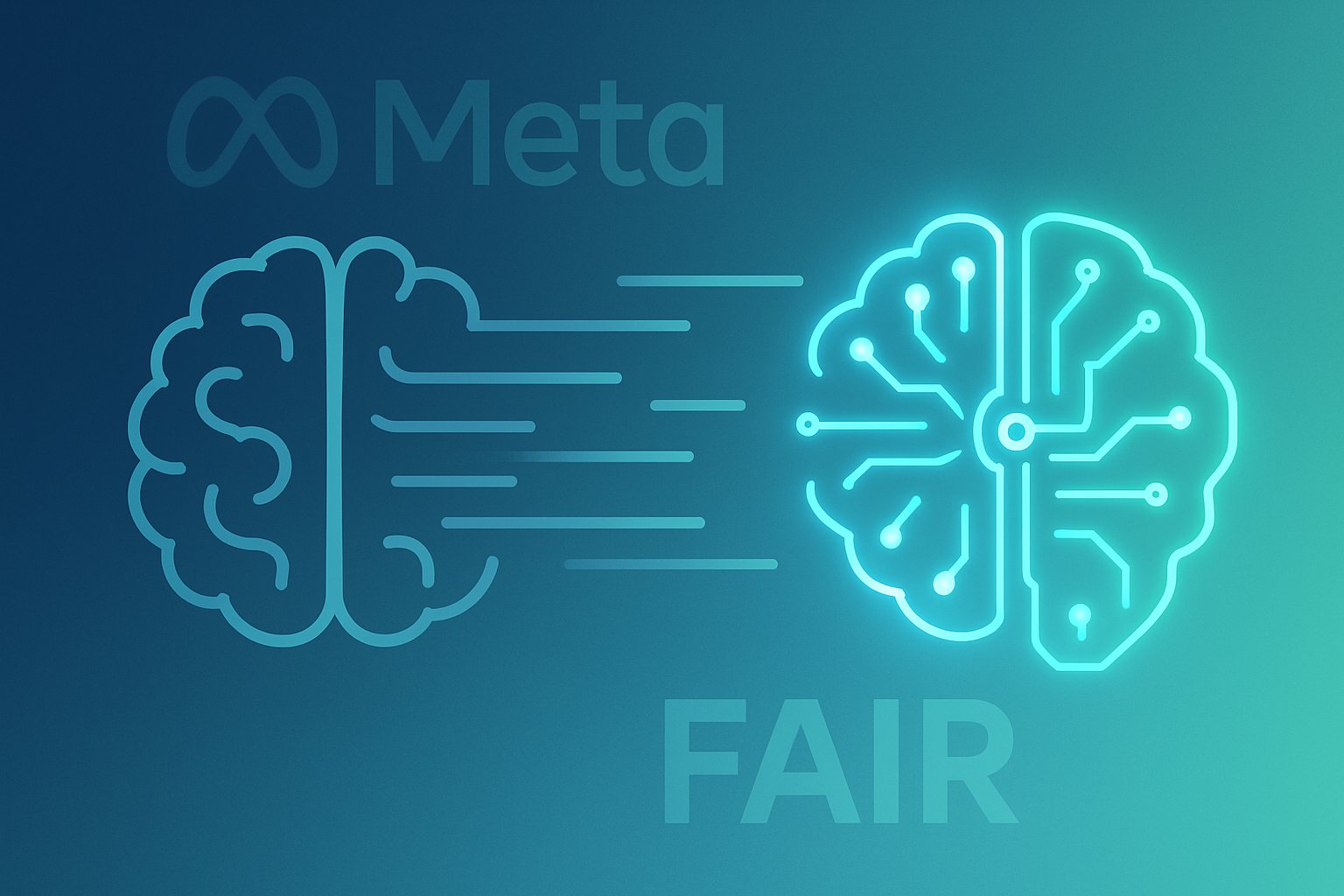
AI CERTS
1 day ago
Meta AI restructuring sparks FAIR talent shake-up
Meanwhile, reporters scrambled for specifics. Reuters, Axios, and other outlets pieced together a complex timeline. Furthermore, they highlighted power struggles over compute, fourth adjustment six-month resource swaps, and shifting product deadlines.

Inside Meta AI Restructuring
Meta leadership claims the shake-up boosts speed and accountability. Alexandr Wang’s memo stated that smaller teams shorten decision loops. Therefore, each engineer supposedly gains a wider scope. Nevertheless, employees describe confusion. This paragraph marks the third appearance of the phrase Meta AI restructuring.
Additionally, Wang’s unit kept hiring while FAIR scientists faced exit interviews. That contrast intensified morale issues. Fourth adjustment six months decisions compounded the uncertainty.
Key numbers illustrate the scale:
- Approximately 600 roles cut, equal to 15-20% of Superintelligence Labs.
- Bay Area offices lost an estimated 318 positions.
- Severance offered: 16 weeks base pay plus two weeks per year of service.
- Meta invested $14.3 billion in Scale AI four months earlier.
These statistics underscore the financial stakes. However, they also show how rapidly priorities can change.
Consequently, observers question whether the Meta AI restructuring truly saves money or merely reallocates budgets. The section closes, highlighting that debate. Meanwhile, deeper history provides vital context.
Layoff Timeline Key Details
February 2025 brought the fourth adjustment six months earlier, smaller but similar in tone. Subsequently, April saw Llama 4 launch under intense pressure. Tian’s group, once focused on reinforcement learning, shifted to emergency debugging. Moreover, compute once earmarked for exploratory research migrated to product pipelines.
Joelle Pineau left FAIR in May. Additionally, the Scale AI partnership announced in June previewed new leadership styles. By October, the axe fell. Yuandong Tian posted, “Several of my team members + myself are impacted.” In contrast, PR statements framed the move as orderly realignment.
Nevertheless, employees recall last-minute meetings. Managers reassigned projects overnight. Such stories reflect the human side behind sterile headcount figures. Observers note that Meta AI restructuring continued to ripple across campuses after announcement day. These developments close the chronology. Consequently, attention shifts toward product imperatives.
Driving Product Focus Pivot
Meta’s board demands quick returns on colossal GPU investments. Therefore, a decisive product focus pivot became inevitable. Fourth adjustment six months shifts already signaled urgency. Llama 4 bug fixes consumed nights and weekends. Moreover, FAIR scientists claim they performed “post-training dirty work.”
Management counters that consolidation accelerates release cycles. Additionally, leaders argue that researchers can still publish academically while embedded with builders. Critics disagree. They insist the Meta AI restructuring deprioritizes blue-sky exploration.
Three factors support that critique:
- Funding now follows commercial milestones, not peer-review schedules.
- Compute allocations favor production LLMs over long-horizon projects.
- Performance reviews emphasize shipped code rather than citations.
The bullet points reveal a clear direction. Consequently, many wonder how open science will survive inside a profit-driven roadmap. The next section examines headcount realities.
Research Division Downsizing Impact
Nearly every FAIR subgroup lost personnel. Consequently, the term research division downsizing appeared in internal chats repeatedly. Some labs shrank by half. Additionally, promising lines of inquiry paused indefinitely. Fourth adjustment six months cut budgets earlier; October finished the job.
External universities relied on FAIR collaboration grants. Moreover, visiting scholars suddenly lacked hosts. These knock-on effects widen the debate. In contrast, TBD Lab continued advertising seven-figure packages. This conflicting message intensified calls for accountability.
Analysts argue the Meta AI restructuring may slow certain breakthroughs. However, company spokespeople predict tighter teams will innovate faster. Evidence remains limited. Therefore, experts advise monitoring publication rates over the next year. These observations lead naturally to employment trends.
Talent Exodus Industry Repercussions
Recruiters moved quickly after Tian’s post. Consequently, a visible talent exodus began. Google DeepMind, Anthropic, and several startups scheduled interviews within days. Additionally, European labs pitched relocation packages.
Tian, a respected reinforcement-learning leader, symbolizes the broader loss. Furthermore, colleagues lament losing a mentor. Research division downsizing and repeated fourth adjustment six-month episodes eroded trust.
Meanwhile, Meta promotes internal mobility programs. Nevertheless, many specialists prefer fresh starts elsewhere. Observers warn the Meta AI restructuring could dilute institutional memory. Moreover, competitors gain seasoned engineers without bearing training costs.
Professionals can enhance their expertise with the AI+ Human Resources™ certification. Consequently, HR leaders may better support displaced innovators. These dynamics set the stage for future strategic choices.
Strategic Outlook Moving Forward
Meta’s roadmap remains ambitious. Llama 5 training has already started. Additionally, leadership pledges unprecedented model capabilities. However, resource battles continue below the surface. Fourth adjustment six months turbulence might return if milestones slip.
In contrast, TBD Lab enjoys ample funding. Management hopes its breakthroughs justify upheaval. Moreover, Wang asserts that streamlined hierarchies breed creativity. The next quarterly earnings call will test investor patience.
Therefore, stakeholders should watch three indicators: publication counts, staff retention, and model benchmark results. Positive trends could vindicate the Meta AI restructuring. Negative signals may trigger further rounds of research division downsizing.
Consequently, Meta’s gamble provides a case study in balancing science with speed. Industry rivals will learn either cautionary or inspirational lessons. The article now turns to final reflections.
Key Takeaways: The company executed aggressive cuts to satisfy a product focus pivot. Meanwhile, critics fear an irreversible talent exodus. Nevertheless, leadership bets on leaner teams and faster iteration.
These challenges highlight critical gaps. However, emerging talent strategies may stabilize the organization.
Conclusion
Meta’s October layoff underscores the tension between curiosity-driven discovery and urgent commercialization. Moreover, the episode illustrates how the fourth adjustment six months reshuffles, can erode loyalty. Nevertheless, opportunities arise for both displaced researchers and rival labs. Consequently, professionals who master workforce planning will hold a strategic edge.
Therefore, readers should monitor outcome metrics and refine their HR toolkits. Additionally, consider pursuing the linked certification to strengthen talent management skills in fast-moving AI environments. Act now and transform disruption into career progress.



